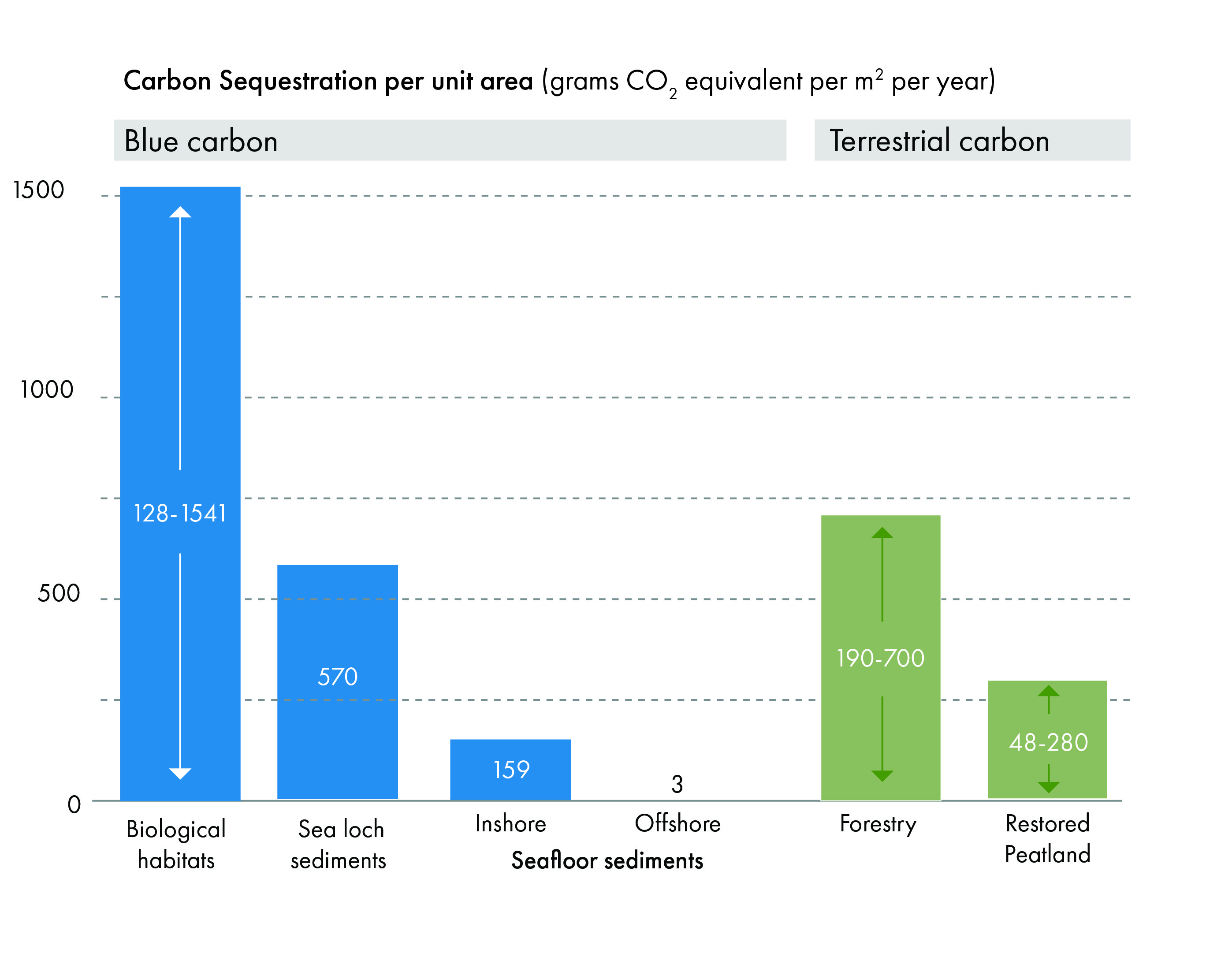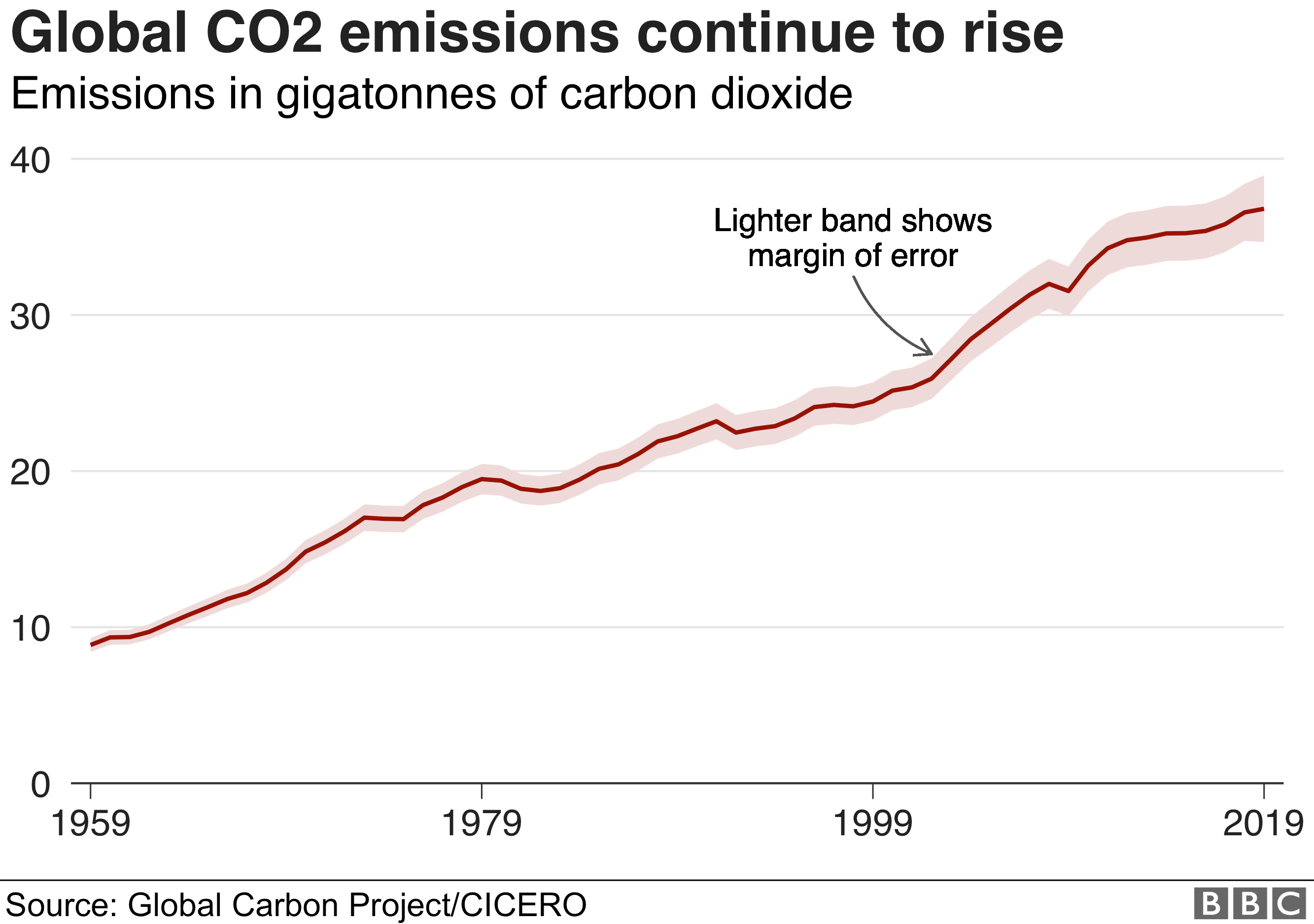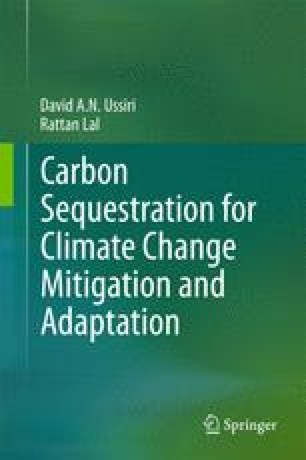

Wetlands store the largest amount of carbon per unit area, although this varies widely (Figure 1), followed by forests. Terrestrial habitats take up and store atmospheric carbon, partly mitigating the increase in atmospheric CO 2 concentration. Carbon stocks in EU terrestrial and marine habitats Nonetheless, this first overview calls for a systematic EU-wide monitoring of carbon sequestration and capacities, taking into account the heterogeneity of habitat condition over space and time. Marine numbers may change significantly for some habitats because new research and evidence becomes available. For habitats with few available data, the ranges may change when new information becomes available.

The numbers provided are therefore indicative. the uncertainties in the information available for each habitat, depending on the number of studies, the representativeness of the sites investigated in terms of the overall distribution of the habitat, the sites’ condition, and the underpinning methods, measurement techniques and modelling approaches used.pine forest, dry heathland), which differs from the EUNIS habitat type ecosystem information had to be interpreted to link the information to habitat types using expert judgement, which contributes to the uncertainty the fact that most studies describe their observations at the ecosystem level (e.g.the current condition of the habitat and its biological, chemical and physical qualities resulting from its use and management by humans and the pressures that induces, and the stage of its life cycle (e.g.the variety of natural site conditions of the habitat, such as climate, soil conditions, water and nutrient availability and topography, which affect the growing conditions of the vegetation in that habitat.The data and findings presented are based on a literature review, expert knowledge and interpretation of existing studies from inside and, in some cases, outside the 27 EU Member States (EU-27).Īccording to the scoping analysis, the range of values for the storage and sequestration capacities of each habitat varies because of: The study aims to create a baseline for further analysis, linking habitat types with carbon storage and sequestration capacities to support nature restoration and conservation, as well as climate mitigation policies. The rate at which the carbon is stored is referred to as the carbon sequestration rate.Ī scoping analysis by the EEA and Wageningen University & Research is the first attempt to classify the different European Nature Information Network (EUNIS) habitat types of terrestrial and marine ecosystems according to their carbon stocks and carbon sequestration capacities. The absolute quantity of carbon held in a habitat pool at any specified time is the carbon stock or store.

What do we know about the carbon sequestration and storage potential of terrestrial and marine habitats?Ĭarbon sequestration is the process in which carbon is removed from the atmosphere and stored in the carbon pools of specific habitats, such as above ground biomass, roots and soil. The success of measures depends on the current condition of the habitat, and they often take decades to take effect, thus realising only a limited amount of carbon sequestration and storage potential within the timeframe of the policy implementation process. Measures to stimulate and/or safeguard carbon storage in the marine environment need urgent attention, since only a limited number of marine habitats have been considered to date.A variety of measures can improve carbon storage in habitats, from stopping the emissions of greenhouse gases from drained peatlands to adjusting the management of forests and agricultural land to increase carbon stocks in vegetation and soil.Measures to increase carbon storage will need to be carefully considered to ensure that climate change mitigation policy and actions, such as expanding biofuel production, will not result in loss of biodiversity and hence unnecessarily affect conservation and restoration objectives.This calls for further biogeographical differentiation and validation with data from monitoring and measurements, and for better spatial delineation of habitats across Europe’s land and seas. Uncertainties in quantitative estimates of carbon storage and sequestration in many ecosystems are high, making it difficult to quantify the impact of nature restoration on climate change mitigation policies in Europe.Ecosystems play an important and irreplaceable role in cycling and storing carbon, such as in forests and wetlands, but in many cases implementing measures to increase carbon storage in habitats can have adverse effects on biodiversity and ecosystem services.


 0 kommentar(er)
0 kommentar(er)
